A self-sufficient trip to beautiful Japan is always the desire of every adventurer, but most people are afraid of the language barrier. However, we believe that you don’t need to speak Japanese and can still enjoy the scenery and life here to the fullest.
Perhaps many will think that language is a big concern for a self-sufficient travel to Japan because in the minds of most of us, Japanese people often… do not like English. It is the huge difference between the two countries that makes you afraid that you will not have a full self-sufficient trip in this land. But the truth is, language is not a big barrier for you to plan your own travel here. To have an interesting trip in Japan without Japanese, you just need to take advantage of the things that we guide in the following article.

1. Observe and obey
With a country as highly disciplined as Japan, obeying the rules is a very important thing, especially for tourists. This may be difficult for those of you who can’t speak Japanese, but you can totally observe. For example, Tokyoites always go to the left; On the elevator, the left row will be stationary and the right row is for those in a hurry who need to move quickly. These are very small things, but necessary for you to have a smooth excursion. In addition, the cultural immersion will bring you many interesting experiences about this country.

2. English
Contrary to the thought that Japanese people don’t like English, Japan is a country that has had a long time of integration with many countries around the world, so Japanese people’s understanding of English, at least in cities big, is obvious. They may not speak or listen too well, but they will understand, and will gladly help. Not only that, the signs, menus, tour guides all have English versions.
To have a smooth self-guided tour of Japan, you should make full use of your English ability. Do not hesitate to approach train station or mall staff, or people on the street to seek help. Also, use English to read the signs’ instructions.

3. Signposts
When on the street or under a train station, follow the signs. They have a lot of signs in Japanese, but underneath each sign there is always an English caption. Read English, and you will know what to do and where to go.
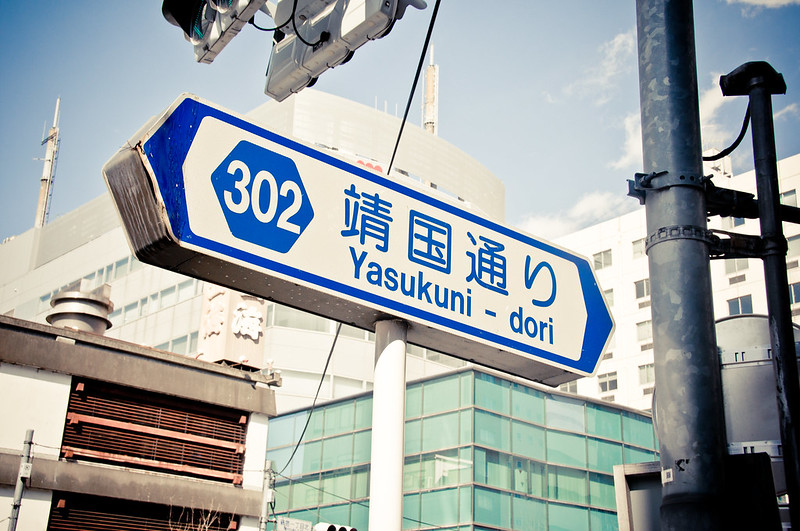
Photo: Omar Musa/Flickr
Particularly with electric trains, you need to keep a few more things in mind. Trains in Japan are an extremely complex and confusing system, but also very cleverly denoted. Each train line in Japan has its own color and initials. Your job is to remember the exact name of the train you need to take, and find them by color and caption on the signposts under the train station.
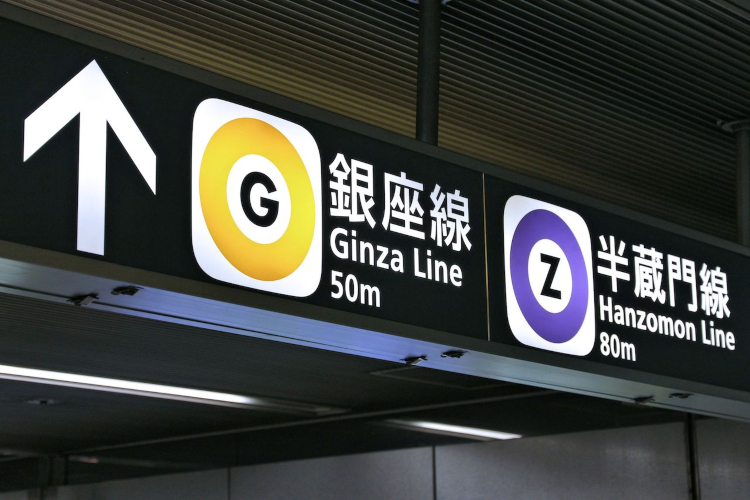
Once you have determined the train route to go, make sure you go in the right direction of the train (going or returning). The train direction will usually be displayed on the train time tables at the station, just below the line name (For…). After checking the train direction, check the platform number. You can look up this information using Google Maps.
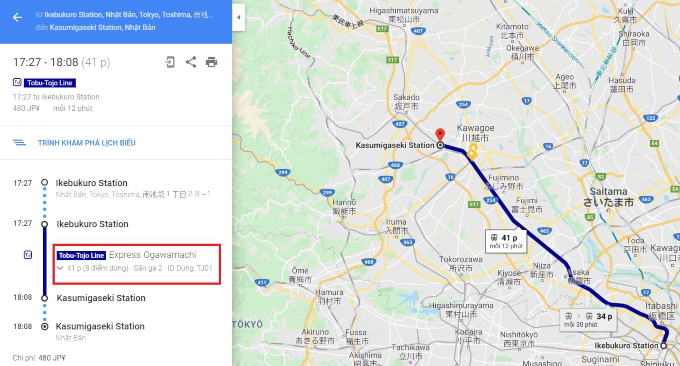
4. Wi-Fi transmitter
Self-sufficient travel means you will have to look up and learn everything on your own. And the sad thing is, you don’t have to go to a coffee shop or shopping center that you will have free wifi to use like in Vietnam. Therefore, book in advance or rent a pocket wi-fi when you arrive at the airport. You’ll always have wi-fi to look up trains, train times, find directions with Google Maps, and translate Japanese words with Google Translate. You can rent pocket wi-fi at international airports. In addition, some websites such as KKDay, Klook, Wifipocket, etc. will also support you to order before departure and receive at Vietnam or Japan airports. Remember to fully charge the wi-fi transmitter before going out!

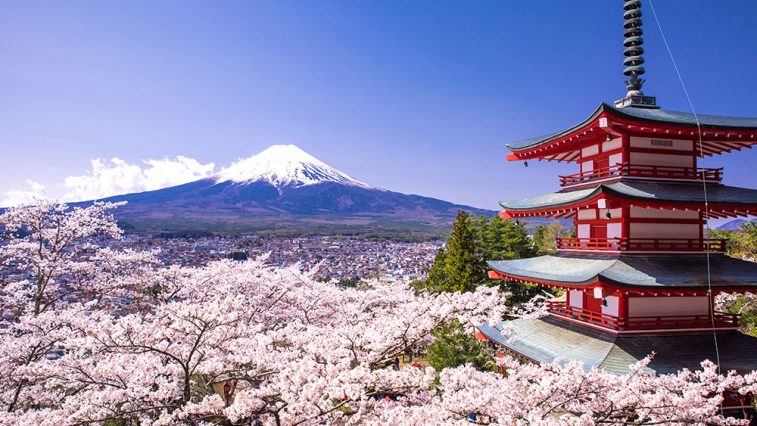
5. Cash in reserve
Despite being a relatively technologically advanced country, Japan is not the ideal place to use credit cards. This is because the elderly population in Japan accounts for a significant proportion, and they are still used to using cash. Except for high-class restaurants, commercial centers, large supermarkets or convenience stores, ordinary shops in Japan still only apply cash payment. In addition, cash will be a timely solution if your credit card malfunctions or is invalid.

6. Convenience Stores
Convenience stores will serve you whenever you need. Most Japanese convenience stores are open 24 hours a day, and you can come at any time. Almost every snack and essentials are sold here, so you’ll always find what you’re looking for here. In addition, in places with a lot of tourists, the staff here can speak English, so you can safely communicate with them. If you don’t know where to buy things, go to a convenience store. If you don’t know where to withdraw money, go to a convenience store. If you feel hungry in the middle of the night, go to the convenience store.


7. Japanese for travel
Either way, you should learn a bit of common Japanese. These sayings not only help the Japanese understand the problem quickly, but you can also create sympathy for the other person. Learn the most basic lines so you can apply them almost anywhere. Here are some basic quotes for you.
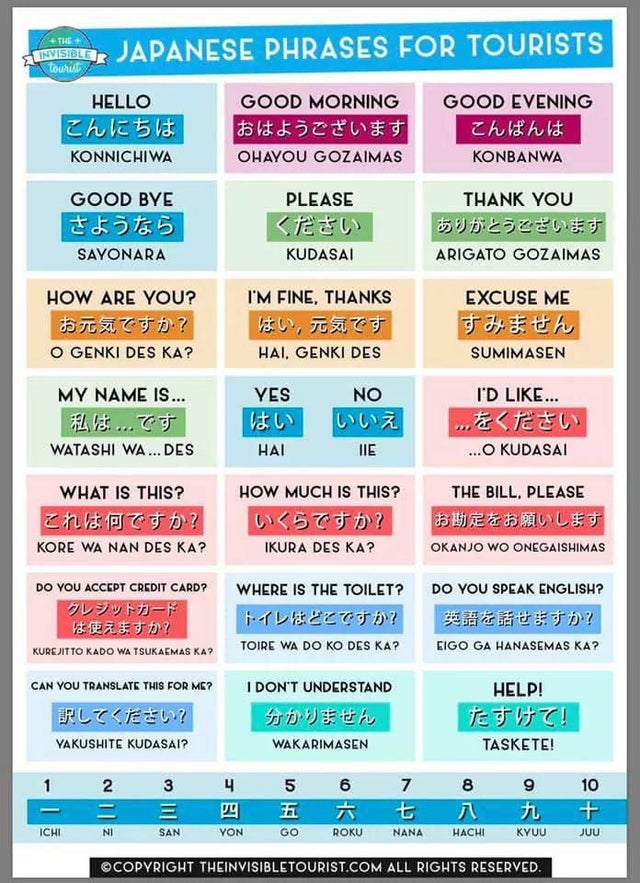
Photo: Reddit
8. Interpreter
This is an interesting solution and also extremely useful for non-Japanese speakers. Currently, there are outstanding brands such as Travis, Xiaomi or especially Pocketalk, using Japanese technology. Ahead of Tokyo Olympic 2020, Pocketalk is being sold or rented a lot at major electronics stores in Japan such as BIC Camera, Yodobashi Camera. In addition, you can also book or rent on the spot at the airport, or book in advance at travel websites such as Pupuru, Tsunagu Japan, etc.

9. Companion
With a companion by your side, your self-sufficient trip to Japan is not only more fun, more economical, but also less risky. Instead of having to explore all the strange things alone, you now have the help of a companion, and two or more people supporting each other will make the trip smoother. If that friend speaks Japanese or has been to Japan, it will be a big advantage to help you be less afraid and surprised when you first set foot in this land of cherry blossoms.

10. Be ready to improvise and adapt
Japan is vast, and the lifestyle here is also very rich and diverse. Therefore, no matter how many travel books you read in advance, how many guides you see, you still cannot avoid strange and new things in each different region. However, it is an integral part of self-sufficient travel – the experience, right?
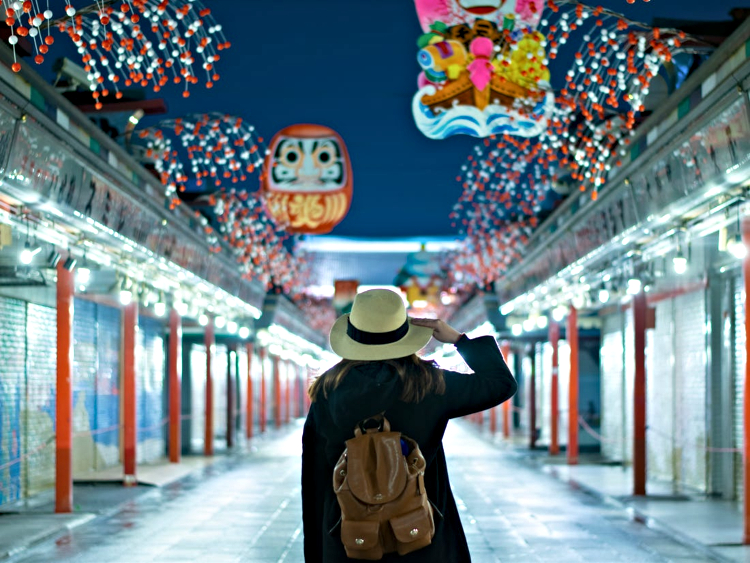
The above is not everything, but it will definitely be basic knowledge for you if you want to “survive” in Japan. We hope, with the above suggestions, you will gain a preliminary understanding of the Japanese way of life, as well as prepare yourself for a bold mentality, looking forward to new experiences in the East.



